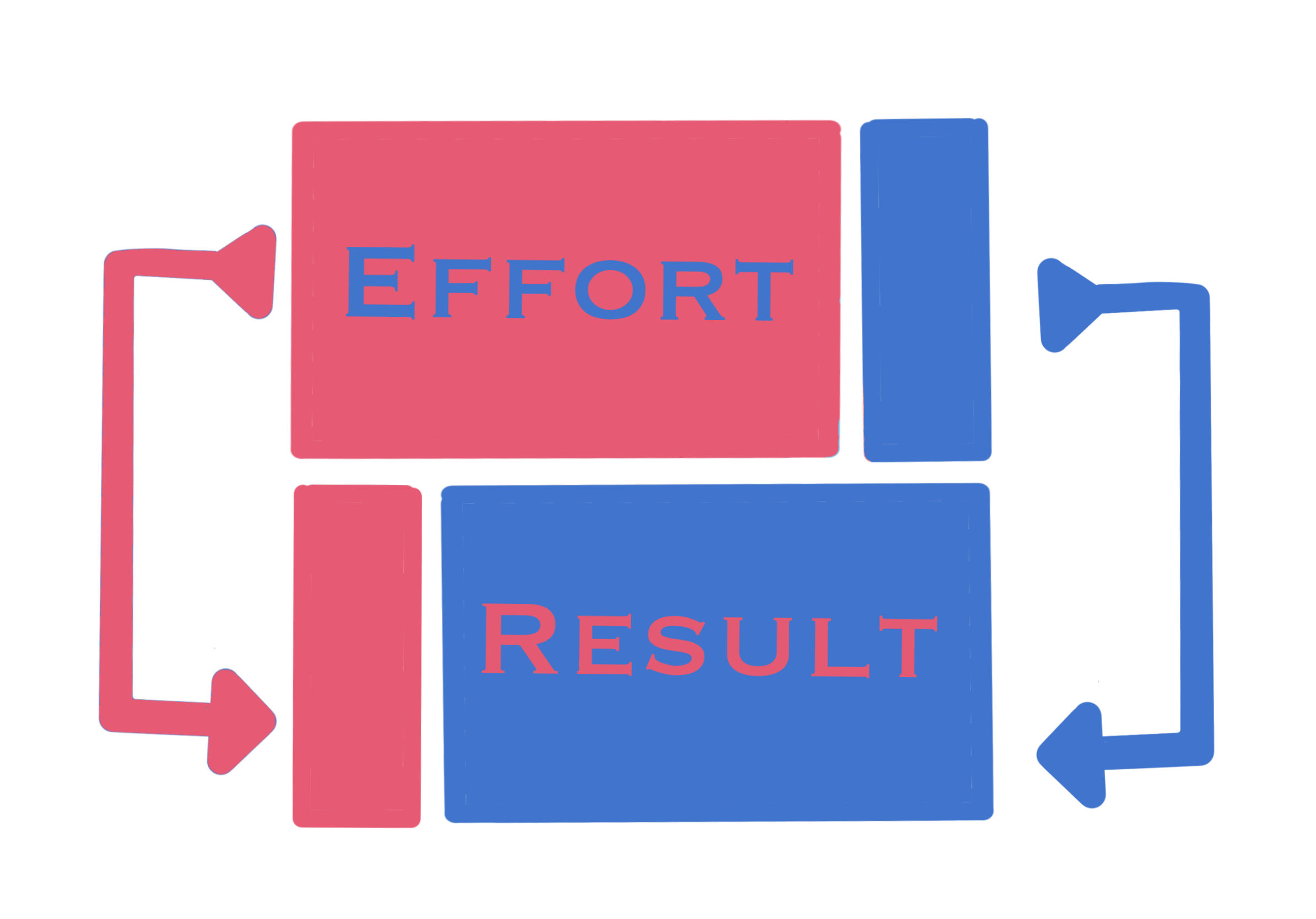The Pareto Principle or the 80/20 Principle

In the Pareto Principle, also called the 80/20 Principle, 80% of results come from 20% of efforts. It was first observed by Italian economist Vilfredo Pareto, who noticed that 80% of Italy’s wealth was owned by 20% of the population. The principle has since been applied to various areas and disciplines, including business, economics, and life.
Examples of the Pareto Principle
Business scenarios include the 80/20 Principle. For example, 80% of a company’s revenue may come from 20% of its products or services. This realization can help businesses focus on their best-selling items to maximize profits. Another example is that 20% of a company’s customers may account for 80% of its profits. By understanding this, companies can prioritize their marketing efforts and target these high-value customers.
In life, the 80/20 Principle can also be applied to various aspects of our lives. For example, 20% of our daily activities may account for 80% of our happiness or satisfaction. By focusing on the activities that matter most to us, we can prioritize our time and derive more joy and fulfillment from our lives. Similarly, 20% of our acquaintances may make up 80% of our social support network and provide the majority of our happiness and connection.
How to Utilize the Pareto Principle
Applying the Pareto Principle can be a powerful tool for prioritizing tasks, improving performance, and making better decisions. By understanding and applying the 80/20 Principle, you can focus on the most important tasks and activities, leading to greater results and satisfaction.
One way to utilize the Pareto Principle is to prioritize tasks. By identifying the 20% of tasks that generate 80% of your results or contribute to your goals, you can focus on them first. This will help you manage your time and maximize your productivity.
Another way to use the Pareto Principle is to improve your own performance. By identifying the 20% of activities that give you 80% of your results, you can eliminate or minimize the rest. This could mean focusing on key skills, eliminating distractions, or optimizing your workflow.
Furthermore, the 80/20 Principle can help you make better decisions. By analyzing the 20% of factors that contribute the most to desired outcomes, you can make smarter choices about where to invest your time and effort. This can save you time and money while ensuring that you focus on the activities that really matter.
In conclusion, the Pareto Principle or the 80/20 Principle is a simple yet powerful concept that can be applied to various aspects of our lives. By understanding this principle, we can prioritize tasks, improve our own performance, and make smarter decisions. By focusing on the 20% of activities that account for 80% of the results, we can achieve more success, satisfaction, and fulfillment in our lives.